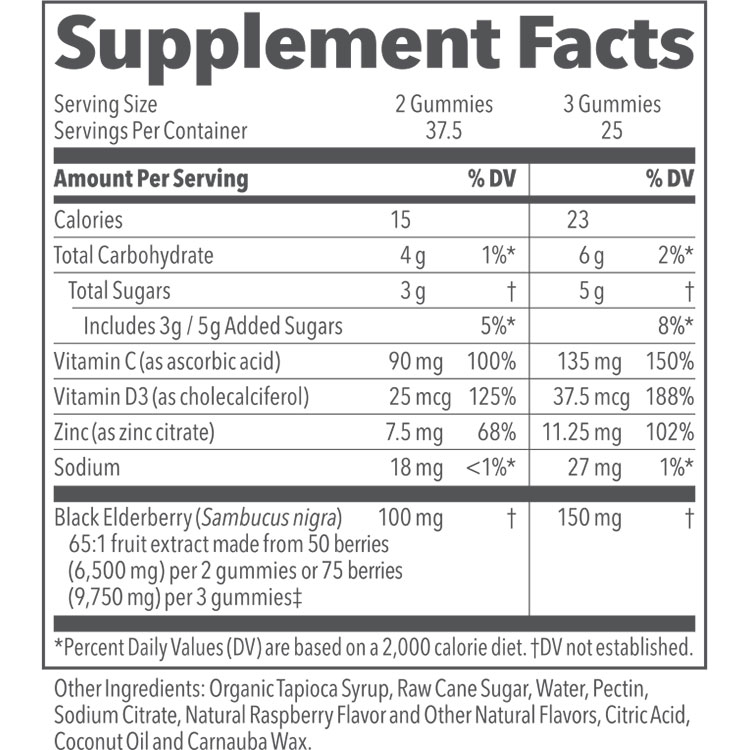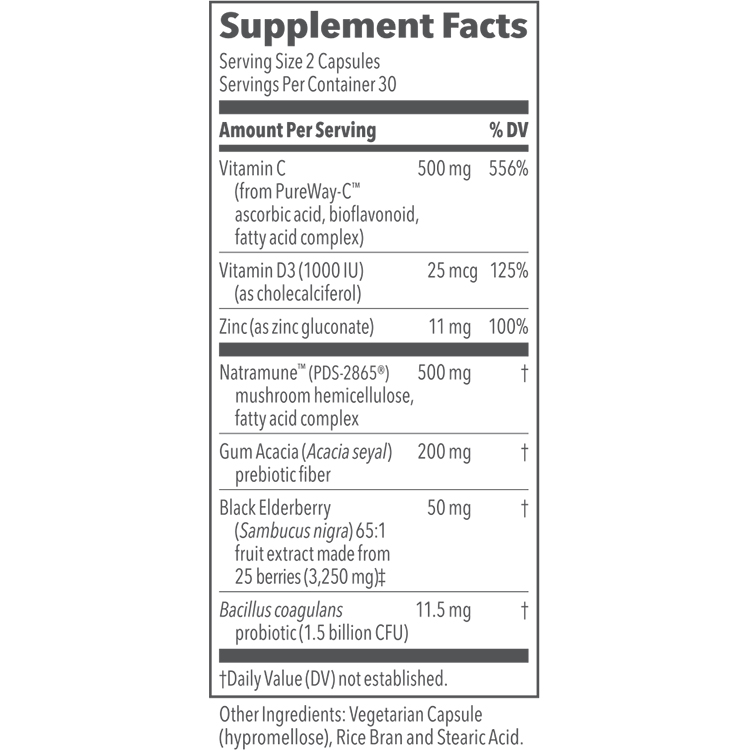WHAT IS GASTRIC REFLUX?
Gastric reflux is the regurgitation of stomach content into the esophagus and is accompanied by persistent, troublesome symptoms and complications (1).
Gastric reflux occurs in the presence of these factors: (2,3)
- The transient, spontaneous relaxation of the muscle called the lower esophageal sphincter (LES): The LES expands or relaxes to allow food to enter the stomach then contracts or tightens to prevent the back-up (reflux) of food and stomach acid into the esophagus. At times, fluid retracts into the esophagus.
- A Hiatus hernia: The upper part of the stomach is pushed into the chest area from an opening in the diaphragm. As a result, stomach acid has an easier way of entering the chest cavity.
- Weakened basal LES pressure: A study evaluating the effects of intraabdominal pressure on LES showed that there was a direct correlation between the pressure exerted by the LES and the gastric pressure induced (3). Factors affecting the pressure include being obese/overweight, pregnant, prescribed certain medication (e.g. asthma, calcium channel blockers for high blood pressure, painkillers, sedatives, antidepressants, antihistamines).
- Esophageal peristalsis dysfunction: The esophageal peristalsis assists with the clearance of the esophageal and prevents reflux from occurring. There may be some low-amplitude contractions which result in prolonged clearance and in turn occurrences of reflux.
RISK FACTORS GASTRIC REFLUX
- Increase in age
- Increase in body mass index (BMI)
- Lower educational level
- Diet or consumption of specific foods
- Tobacco smoking (4,5,6)
- Gender (females are at a higher risk of having gastric reflux than males)
- Psychological factors like anxiety and depression (7)
SYMPTOMS OF GASTRIC REFLUX
Symptoms of gastric reflux can be subdivided into two categories. The first is esophageal, which includes typical and atypical symptoms of gastric reflux.
Typical
- Acid regurgitation
- Heartburn
Atypical
- Dyspepsia (indigestion)
- Mild to severe chest pains
- Epigastric pain
- Epigastric pressure
- Nausea
- Bloating
- Belching
- Sleep disorders (2)
The second category is extra-esophageal(also known as laryngopharyngeal reflux). These symptoms arise when the reflux of gastric content (which contains acid, pepsin and bile) travel passed the upper esophageal sphincter and enter the pharynx, larynx and upper respiratory system. Sometimes it is hard to diagnose these as extra-esophageal symptoms especially when typical gastric reflux symptoms (e.g. heartburn and regurgitation) are absent. Common symptoms of extra-esophageal reflux include (8,9,10):
- Hoarseness
- Chronic cough
- Reflux dental erosion
For more information about gastric reflux: 1. Talk with your doctor 2. Visit the Mayo Clinic website 3. Visit the American College of Gastroenterology website
GASTRIC REFLUX FACTS AND STATISTICS
Approximately 40 percent of the population in the U.S. report symptoms of gastric reflux as its prevalence is steadily increasing. More than 9 million patients are seen in outpatient centers annually for gastric reflux. As a result, gastric reflux complaints are imposing a financial burden on both healthcare systems and employers as patients’ health, and quality of life is greatly affected (11).
MEDICAL TREATMENT OF GASTRIC REFLUX
Pharmacological treatments for gastric reflux have emerged over the years as research and studies seek new ways to minimize the complications associated with the condition. Treatments include (12):
- Antacids (neutralize acids): Side-effects include nausea, constipation, diarrhea, or headache (13,14).
- Histamine-2-receptor antagonists (suppress acid production): Common side-effects include constipation, diarrhea, difficulty sleeping, dry mouth, dry skin, headaches, ringing in the ears, runny nose, and trouble urinating (15).
- Proton pump inhibitors (suppress acid production): Omeprazole, Lansoprazole, Rabeprazole, Pantoprazole, Esomeprazole. Possible side effects include depression, muscle cramps, nausea/vomiting, dry mouth, impaired vision or eye pain, fever, sore throat, cough, kidney problems, diarrhea, and enlarged ankles, hands or feet (16,17,18,19).
- Surgical therapy: Corrects any physical defects related to components of the anti-reflux barrier
NATURAL WAYS TO SUPPORT A HEALTHY STOMACH
Practices That Support a Healthy Stomach:
- Limit the intake of fatty foods
- Quit smoking or avoid second-hand smoke
- Avoid certain foods that tend to trigger gastric reflux (e.g. chocolate, alcohol, coffee, onions, garlic, alcohol)
- Elevate the head of the bed
- Exercise and weight loss especially for obese patients
- Yoga (20,21,22)
Natural Supplements That Support a Healthy Stomach:
- Turmeric (23)
- Tulsi (Ocimum sanctum) (24)
- Licorice root (25,26,27,28)
- Ginger root (25,40)
- Peppermint (25,28,29,30,31)
- Caraway (26,27,28,29,30,31,32)
- Betaine Anhydrous (33)
- Calcium (as antacid)(34,35)
- Magnesium (as antacid) (34,35,36)
- Phosphate salts (aluminum phosphate and calcium phosphate) (34,35)
- Angelica (26,27)
- Artichoke (37,38,39,40)
- Clown’s Mustard plant (26,27)
- German Chamomile (25,26,27,28)
- Greater Celandine (25,26,27,28)
- Lemon Balm (25,26,27,28)
- Mastic (28)
- Milk thistle (26,27)
REFERENCES
- Ponce J, Garrigues V, Agréus L, et al. Structured management strategy based on the Gastro-oesophageal Reflux Disease (GERD) Questionnaire (GerdQ) vs. usual primary care for GERD: Pooled analysis of five cluster-randomised European studies. Int J Clin Pract. 2012. doi:10.1111/j.1742-1241.2012.02992.x
- Lee AL, Goldstein RS. Gastroesophageal reflux disease in COPD: links and risks. Int J Chron Obstruct Pulmon Dis. 2015;10:1935-1949. doi:10.2147/COPD.S77562
- Dodds WJ, Hogan WJ, Miller WN, Stef JJ, Arndorfer RC, Lydon SB. Effect of increased intraabdominal pressure on lower esophageal sphincter pressure. Am J Dig Dis. 1975;20(4):298-308.
- Wang H-Y, Leena KB, Plymoth A, et al. Prevalence of gastro-esophageal reflux disease and its risk factors in a community-based population in southern India. BMC Gastroenterol. 2016;16(1):36. doi:10.1186/s12876-016-0452-1
- Kusano M, Hosaka H, Yasuoka H, et al. New endoscopic classification of cascade stomach, a risk factor for reflux esophagitis. J Gastroenterol. 2017;52(2):211-217. doi:10.1007/s00535-016-1214-0
- Hallan A, Bomme M, Hveem K, Møller-Hansen J, Ness-Jensen E. Risk Factors on the Development of New-Onset Gastroesophageal Reflux Symptoms. A Population-Based Prospective Cohort Study: The HUNT Study. Am J Gastroenterol. 2015;110(3):393-400. doi:10.1038/ajg.2015.18
- Haji Seyed Javadi SA, Shafikhani AA. Anxiety and depression in patients with gastroesophageal reflux disorder. Electron Physician. 2017;9(8):5107-5112. doi:10.19082/5107
- Ranjitkar S, Kaidonis JA, Smales RJ. Gastroesophageal reflux disease and tooth erosion. Int J Dent. 2012;2012:479850. doi:10.1155/2012/479850
- Dettmar P, Strugala V. Diagnosis and drug treatment of extraesophageal reflux. Prescriber. 2008;19(13-14):15-20. doi:10.1002/psb.265
- Saritas Yuksel E, Vaezi MF. New developments in extraesophageal reflux disease. Gastroenterol Hepatol (N Y). 2012;8(9):590-599.
- Cohen E, Bolus R, Khanna D, et al. GERD symptoms in the general population: prevalence and severity versus care-seeking patients. Dig Dis Sci. 2014;59(10):2488-2496. doi:10.1007/s10620-014-3181-8
- Lakhani A. Gastroesophageal reflux disease: a review. 1.5 CEUs. 2004;(416):1-9.
- Klok RM, Postma MJ, Van Hout BA, Brouwers JRBJ. Meta-analysis: comparing the efficacy of proton pump inhibitors in short-term use. doi:10.1046/j.0269-2813.2003.01562.x
- Olbe L. A Proton-Pump Inhibitor Expedition: The Case Histories Of Omeprazole And Esomeprazole. 2003;132(2). doi:10.1038/nrd1010
- H2 Receptor Blockers. https://www.healthline.com/health/gerd/h2-blockers#side-effects. Accessed July 5, 2018.
- Lagergren J, Lagergren P. Recent developments in esophageal adenocarcinoma. CA Cancer J Clin. 2013;63(4):232-248. doi:10.3322/caac.21185
- Lansoprazole (By mouth) – National Library of Medicine. https://www.ncbi.nlm.nih.gov/pubmedhealth/PMHT0010860/?report=details. Accessed April 11, 2018.
- Rabeprazole (By mouth) – National Library of Medicine. https://www.ncbi.nlm.nih.gov/pubmedhealth/PMHT0011923/?report=details. Accessed April 11, 2018.
- Pantoprazole (By mouth) – National Library of Medicine. https://www.ncbi.nlm.nih.gov/pubmedhealth/PMHT0011580/?report=details. Accessed April 11, 2018.
- DeVault KR, Castell DO. Updated Guidelines for the Diagnosis and Treatment of Gastroesophageal Reflux Disease. Am J Gastroenterol. 2005;100(1):190-200. doi:10.1111/j.1572-0241.2005.41217.x
- Eherer A. Management of Gastroesophageal Reflux Disease: Lifestyle Modification and Alternative Approaches. Dig Dis. 2014;32(1-2):149-151. doi:10.1159/000357181
- Kaswala D, Shah S, Mishra A, et al. Can yoga be used to treat gastroesophageal reflux disease? Int J Yoga. 2013;6(2):131-133. doi:10.4103/0973-6131.113416
- Thavorn K, Mamdani MM, Straus SE. Efficacy of turmeric in the treatment of digestive disorders: a systematic review and meta-analysis protocol. Syst Rev. 2014;3(1):71. doi:10.1186/2046-4053-3-71
- Cohen MM. Tulsi – Ocimum sanctum: A herb for all reasons. J Ayurveda Integr Med. 2014;5(4):251-259. doi:10.4103/0975-9476.146554
- Yeh AM, Golianu B. Integrative Treatment of Reflux and Functional Dyspepsia in Children. Child (Basel, Switzerland). 2014;1(2):119-133. doi:10.3390/children1020119
- Madisch A, Holtmann G, Mayr G, Vinson B, Hotz J. Treatment of Functional Dyspepsia with a Herbal Preparation. Digestion. 2004;69(1):45-52. doi:10.1159/000076546
- Melzer J, Rosch W, Reichling J, Brignoli R, Saller R. Meta-analysis: phytotherapy of functional dyspepsia with the herbal drug preparation STW 5 (Iberogast). Aliment Pharmacol Ther. 2004;20(11-12):1279-1287. doi:10.1111/j.1365-2036.2004.02275.x
- Madisch A, Melderis H, Mayr G, Sassin I, Hotz J. Ein Phytotherapeutikum und seine modifizierte Rezeptur bei funktioneller Dyspepsie – Ergebnisse einer doppelblinden plazebokontrollierten Vergleichsstudie -. Z Gastroenterol. 2001;39(7):511-517. doi:10.1055/s-2001-16142
- Madisch A, Heydenreich C-J, Wieland V, Hufnagel R, Hotz J. Treatment of Functional Dyspepsia with a Fixed Peppermint Oil and Caraway Oil Combination Preparation as Compared to Cisapride. Arzneimittelforschung. 2011;49(11):925-932. doi:10.1055/s-0031-1300528
- May B, Kuntz HD, Kieser M, Köhler S. Efficacy of a fixed peppermint oil/caraway oil combination in non-ulcer dyspepsia. Arzneimittelforschung. 1996;46(12):1149-1153.
- May B, Köhler S, Schneider B. Efficacy and tolerability of a fixed combination of peppermint oil and caraway oil in patients suffering from functional dyspepsia. Aliment Pharmacol Ther. 2000;14(12):1671-1677.
- Johri RK. Cuminum cyminum and Carum carvi: An update. Pharmacogn Rev. 2011;5(9):63-72. doi:10.4103/0973-7847.79101
- Pereira R de S. Regression of gastroesophageal reflux disease symptoms using dietary supplementation with melatonin, vitamins, and amino acids: comparison with omeprazole. J Pineal Res. 2006;41(3):195-200. doi:10.1111/j.1600-079X.2006.00359.x
- Maton PN, Burton ME. Antacids revisited: a review of their clinical pharmacology and recommended therapeutic use. Drugs. 1999;57(6):855-870.
- OTC Active Ingredients. 2010. https://www.fda.gov/downloads/AboutFDA/CentersOffices/CDER/UCM135691.pdf. Accessed April 15, 2018.
- Swain R, Kaplan-Machlis B. Magnesium for the next millennium. South Med J. 1999;92(11):1040-1047.
- Kraft K. Artichoke leaf extract — Recent findings reflecting effects on lipid metabolism, liver, and gastrointestinal tracts. Phytomedicine. 1997;4(4):369-378. doi:10.1016/S0944-7113(97)80049-9
- Marakis G, Walker AF, Middleton RW, Booth JCL, Wright J, Pike DJ. Artichoke leaf extract reduces mild dyspepsia in an open study. Phytomedicine. 2002;9(8):694-699. doi:10.1078/094471102321621287
- Holtmann G, Adam B, Haag S, Collet W, Grünewald E, Windeck T. Efficacy of artichoke leaf extract in the treatment of patients with functional dyspepsia: a six-week placebo-controlled, double-blind, multicentre trial. Aliment Pharmacol Ther. 2003;18(11-12):1099-1105.
- Giacosa A, Guido D, Grassi M, et al. The Effect of Ginger ( Zingiber officinalis ) and Artichoke ( Cynara cardunculus ) Extract Supplementation on Functional Dyspepsia: A Randomised, Double-Blind, and Placebo-Controlled Clinical Trial. Evidence-Based Complement Altern Med. 2015;2015:1-9. doi:10.1155/2015/915087.




